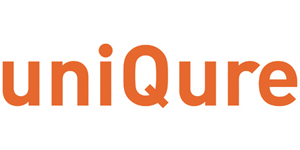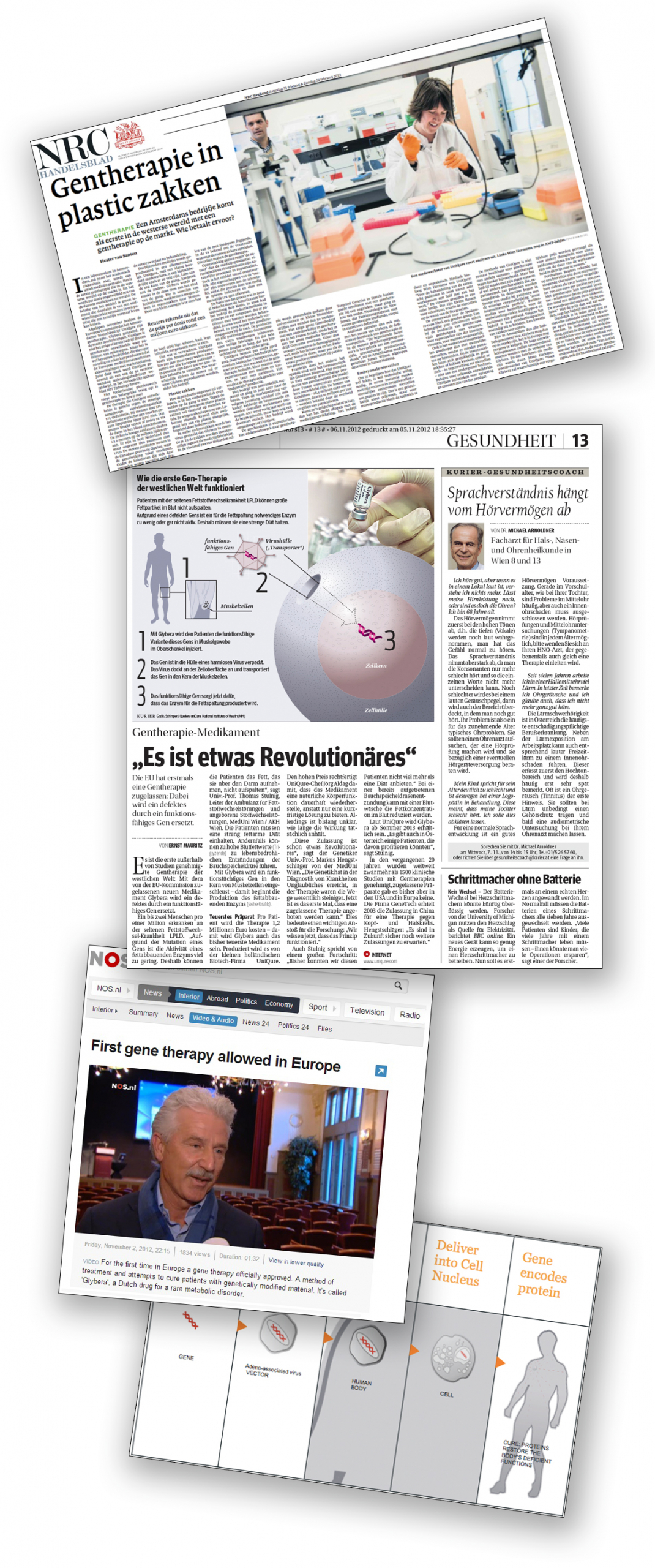Background
Gene therapy has held promise to revolutionize treatment of genetic diseases for about 30 years. Like all new technologies, gene therapy has had mixed fortunes during that time period. uniQure is a gene therapy company that was founded in The Netherlands as Amsterdam Molecular Therapeutics (AMT). The company hired Halsin Partners as its corporate communications counsel to help promote their approach and counter negative perceptions of gene therapy at that time. With Glybera, a product for the treatment of a debilitating metabolic disease in late clinical development, uniQure had the opportunity of being the first company in the western world to gain approval for a gene therapy product.
Objectives
Being the first gene therapy moving through the approval process in Europe, uniQure was in a unique position. Finances were running low but the company was on the cusp of making history. Halsin was on hand to help guide the company through the various stages of communicating the approval process, while simultaneously preparing in case the European Medicines Agency’s (EMA) Committee for Human Medicinal Products (CHMP), an expert panel that provides recommendations on whether new treatments can be marketed, issued a positive opinion.
Following two negative votes from the CHMP, news came that an appeal had succeeded and Glybera would be recommended for approval. The company had the following objectives for the communications campaign:
- Capitalize on first CHMP positive opinion for a gene therapy to gain recognition for this medical achievement and new treatment for patients.
- Build awareness among pharma companies for potential partnering.
- Mitigate perceived issues following previous negative CHMP opinions.
Strategy & Implementation
Our experience with drug approvals suggested that for this news, the biggest interest would come from the CHMP decision rather than full approval. Throughout the registration process, Halsin kept in contact with key reporters to ensure they were fully briefed. As the news came through, Halsin arranged interviews with top tier media under an embargoed established by the EMA, which had decided to issue its own announcement on the news.
The Halsin team felt that patient advocates and gene therapy KOLs, who could put a human face to the news, would be key to success. Halsin worked with the spokespeople, especially the patients, to ensure they were completely comfortable telling their story.
Impact
The news achieved global recognition, with an initial audience estimated at more than 500 million:
- Top tier press including New York Times, BBC, Associated Press, LA Times, Reuters, Bloomberg, Dow Jones, Wall Street Journal, Financial Times all ran articles
- All major Dutch media (TV, radio and newspapers) covered the news
- Trade media, which reach potential partners in the pharmaceutical industry all covered.


